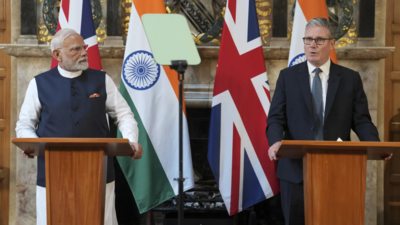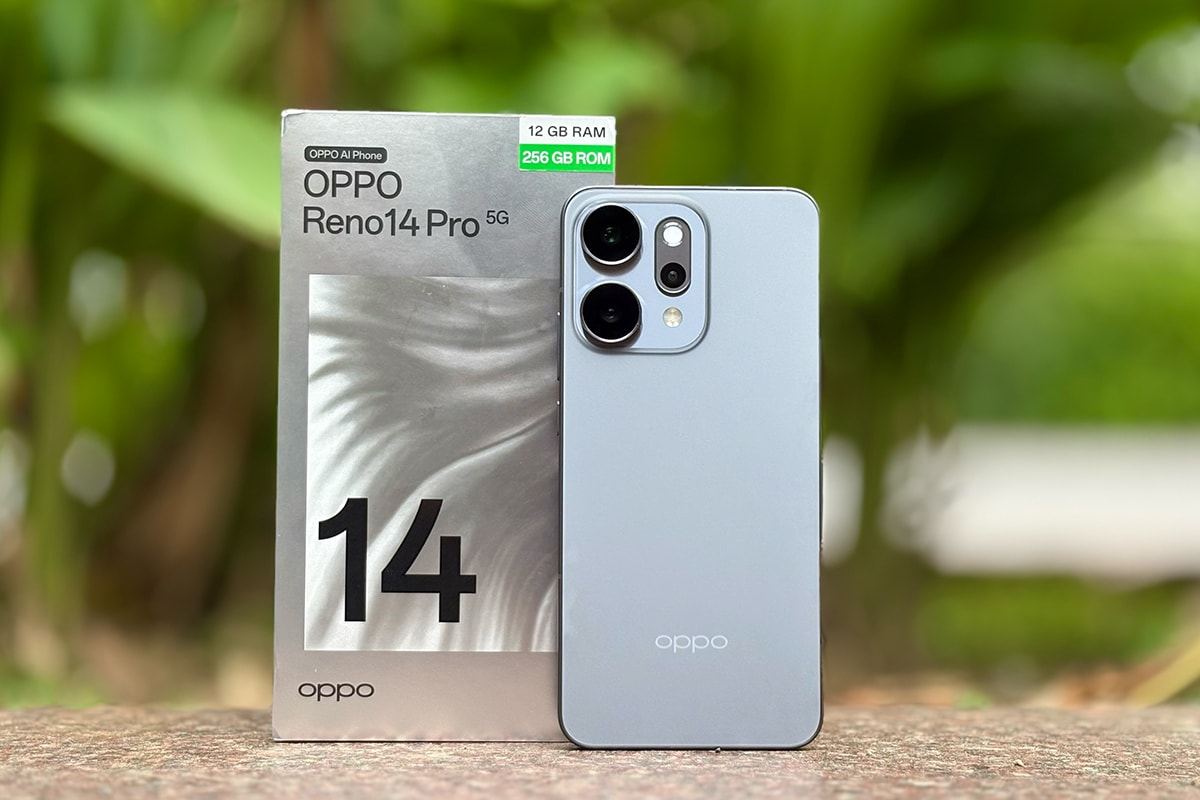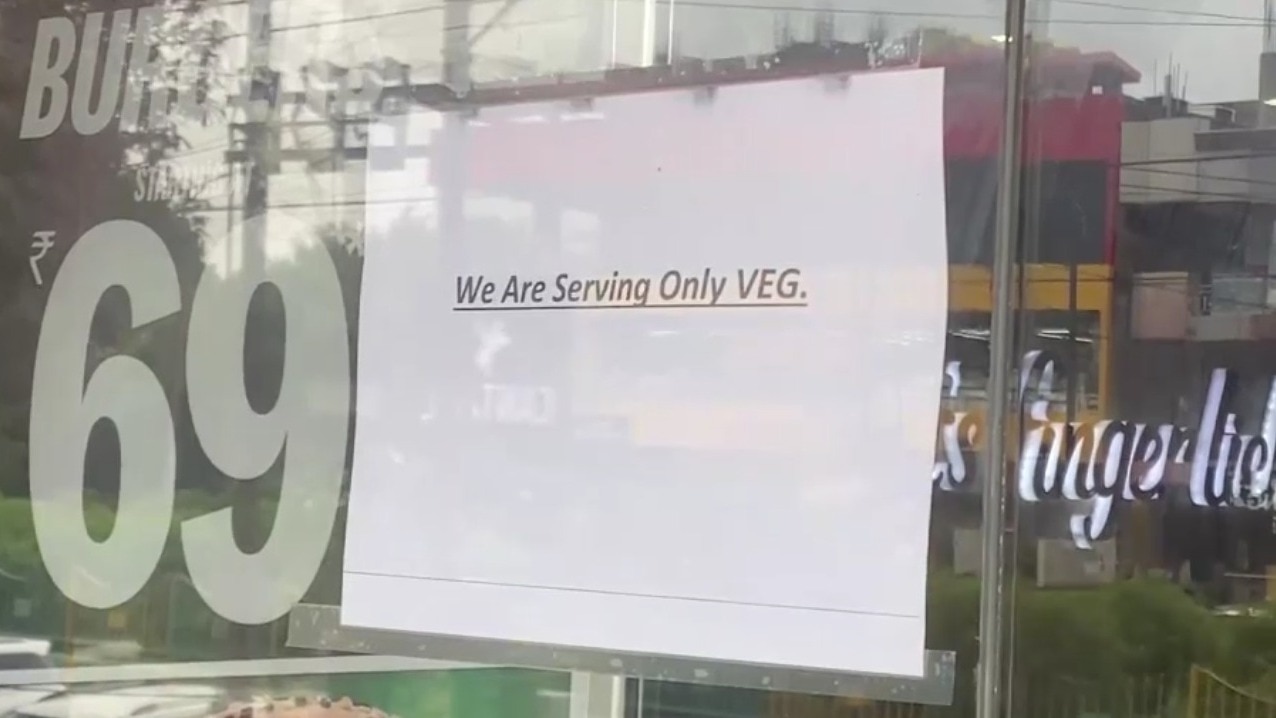ARTICLE AD BOX

Tariffs eliminated on 99% Indian exports to UK
LONDON/NEW DELHI: More than three years after they began negotiations, and amid intense uncertainty in the global trade ecosystem, India and the UK finally signed a Comprehensive Economic and Trade Agreement, which slashes duties on both sides.
It also makes it more predictable for investors and business workers to get visas, and allows access for audit and accounting firms in the two countries as part of efforts to more than double bilateral trade from the current $56 billion by 2030.Consumers can look forward to cheaper British-made cars, cosmetics, medical devices and Scotch, as govt has agreed to slash average tariffs from 15% to 3%. The zero duty import list also includes silver - the largest item in the UK's export basket ($2.1 billion last fiscal).
But all the changes won't happen overnight, with some duty cuts planned over 10 years, allowing Indian industry time to adjust.In return, govt got the UK to allow zero duty import on 99% of product lines. "This is more than just an economic partnership; it is also a blueprint for shared prosperity. It paves the way for enhanced market access in the UK for Indian textiles, footwear, gems and jewellery, seafood, and engineering goods. It will also unlock new opportunities for India's agricultural produce and processed food industry. Above all, this agreement will be especially beneficial for India's youth, farmers, fishermen, and the MSME sector," PM Modi said.
Govt has, however, managed to keep several agricultural products such as oats, apples, edible oil and sensitive seeds, as well as dairy outside the ambit of tariff reduction."We're living through a new and more dangerous global era... we believe building stronger partnerships is the best response... today we are confirming this approach in our new deal with India - the biggest and most economically significant trade deal for the UK since leaving the EU," said British PM Keir Starmer.UK pact comes amid tariff turmoil created by Trump The India-UK trade agreement, announced on May 6, but formalised at Chequers, the official country residence of British PM, came amid tariff turmoil caused by US President Donald Trump's moves, prompting countries to not just rush to Washington to strike deals but also speed up negotiations on other treaties. India is ready to roll out treaty with European Free Trade Association, comprising Switzerland, Norway, Iceland and Liechtenstein, from Oct, while seeking to finalise the agreement with EU after 18 long years of talks.
FTAs with New Zealand, Oman and several other countries are in the pipeline. But the CETA with the UK is unlikely to be implemented for at least a year as it requires British legislative approval.The pact with the UK, which was in the making for three-and-a-half years, required significant give-and-take, with India managing to keep a bilateral investment treaty out of the current deal, just as the UK did not agree to carve-outs on carbon tax for Indian products.India also claimed victory in getting a more predictable visa regime for business and professional visitors, but the bigger gain is in the form of a Double Contribution Convention, which will ensure that Indian workers in the UK for up to three years do not have to contribute to the National Insurance (NI) system there, while also seeing deductions towards Employees' Provident Fund Organisation. But it did offer some major concessions.
Trade research body GTRI argued that govt's promise for "adequate remuneration" to patent holders when compulsory licensing provisions are invoked risks delays.In addition, govt opened an estimated 40,000 central contracts above a certain value to UK businesses, who would be granted local contractor status with 20% or more domestic content.



.png)
.png)
.png)
















 1 day ago
9
1 day ago
9







 English (US) ·
English (US) ·